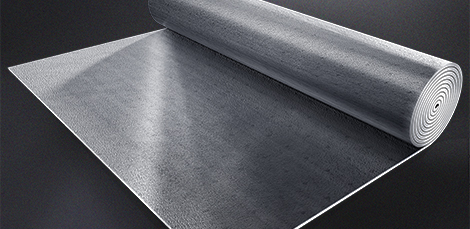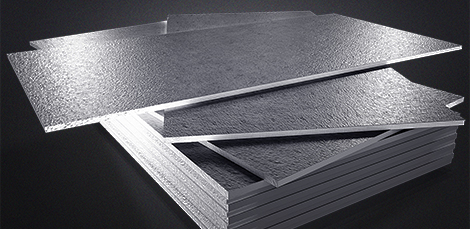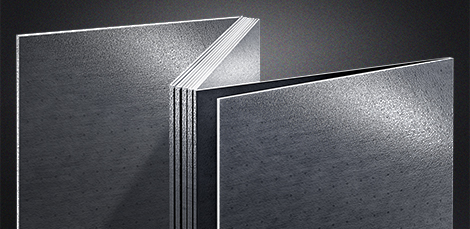
Thermal 3Ht Insulation 4’x72’ Rolls
* Thermal 3Ht Insulation 4'x72' Rolls are available with Radiant Barrier on One Side or Radiant Barrier on Both Sides.
Contact Us To Order
Radiation is heat transferred by infrared rays from the sun to the interior of the building. The radiant energy absorbed by the roof assembly is emitted as infrared radiation into the attic heating the cavity fill insulation at the ceiling level. This is why the inside of attics in the South are so hot. R-value does not include the energy transferred to the building by radiation.
Thermal 3Ht Insulation works to stop all three forms of heat transfer. The expanded polystyrene or EPS, Thermal 3Ht Insulation is made of, works to stop conduction. Since the Thermal 3Ht Insulation is installed continuously and taped together with Thermal 3Ht Insulation tape at the seams, Thermal 3Ht Insulation stops convection because air cannot pass under, around, or over the material. The Mylar™-like laminate on the outside of Thermal 3Ht Insulation stops radiation by reflecting it away from the building. Since Thermal 3Ht Insulation works on all three forms of heat transfer, it is a formidable weapon in the fight against high energy bills.
It is estimated that radiant heat transfer is responsible for 65% - 80% of heat flow through the building envelope during the heating season. In general, light colors and shiny surfaces reflect heat.
Radiant barriers are materials that are installed in buildings to reduce summer heat gain and winter heat loss, thereby reducing building heating and cooling energy use. Installed next to an air space, the surface facing the flow of heat will reflect 95% - 97% of the heat rays. Radiant barriers usually consist of a thin sheet or coating of a highly reflective material, usually aluminum, applied to one or both sides of Kraft paper, plastic films, cardboard, plywood sheathing, or air infiltration barrier material. New products include a foil-foam-foil sandwich radiant barrier, and radiant barrier paint additive. Based on technology developed by NASA to dissipate heat from the Space Shuttle upon atmospheric re-entry, the paint additive consists of ceramic microspheres that form an effective radiant barrier. The manufacturer claims that the ceramic barrier reflects up to 90% of the heat, back to the source. Reflective interior finish materials such as foil wall paper and metal ceiling panels can also serve as radiant barriers. Radiant heat transfer through windows can be mitigated through the application of reflective films. Window films are composed of a polyester substrate to which is applied a scratch resistant coating. Up to 70% of summer solar radiation is reflected. Winter heat transfer through windows is slowed up to 65%. Some products also have Low-E Coating to help retain winter heat. In addition, films help reduce the fading of interior materials by absorbing up to 95% of ultraviolet radiation.

* Thermal 3Ht Insulation 4'x72' Rolls are available with Radiant Barrier on One Side or Radiant Barrier on Both Sides.
Contact Us To Order

* Thermal 3Ht Insulation 4'x8' Sheets are available with Radiant Barrier on One Side or Radiant Barrier on Both Sides.
Contact Us To Order

* Thermal 3Ht Insulation 4'x50' Accordion Fold are available with Radiant Barrier on One Side or Radiant Barrier on Both Sides.
Contact Us To Order